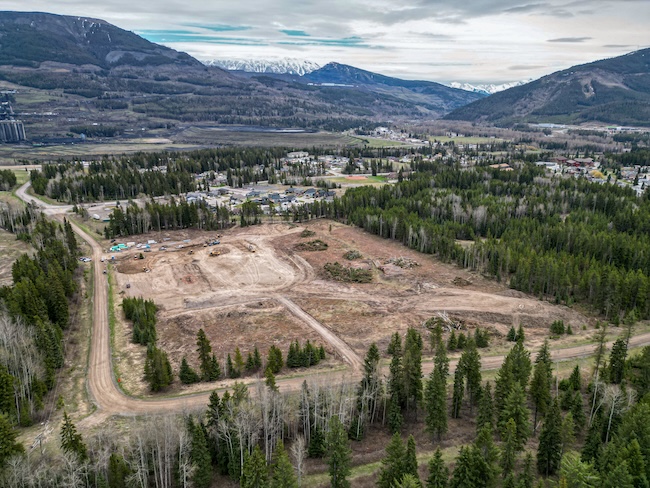B.C. government and First Nations sign third significant agreement for 2012

The Strategic Land Use Planning Agreement between the government of B.C. and the First Nations represented by the Kaska Dena Council was formally signed on August 22, 2012. The signing of the agreement, according to the Province, means certainty for natural resource development and environmental stewardship in northern B.C.
The Kaska Dena Council represents the Kwadacha, Daylu Dene and Dease River bands. The council was a full partner in developing the plan, with all decisions made by consensus.
The agreement was first announced by Premier Christy Clark in January and is the third significant agreement signed in 2012 with the Kaska Dena First Nations.
According to the government, the land-use planning agreement provides a framework for future land-use planning that will create economic certainty, spur investment and promote job creation in northern B.C. The agreement will guide future resource development planning within the Kaska Dena traditional territory in those areas not already covered by the Sustainable Resource Management Plan announced earlier this year.
The Strategic Land Use Planning Agreement will help ensure that the important cultural and environmental values held by the Kaska Dena are planned for and protected for future generations. Among other measures, the agreement confirms the government’s commitment to establish the new Ne’ah protected area, also known as Horseranch Range, which preserves several sites of cultural interest to Kaska Dena First Nations, as well as sensitive wetlands and wildlife habitat.
The agreement also confirms the value of the Gu Cha Duga management area to the Kaska Dena First Nations as an area with a large number of sacred areas and high wildlife diversity and abundance. Gu Cha Duga means "for the grandchildren" in the language of the Kaska Dena First Nations.
The Kaska Dena Strategic Land Use Planning Agreement encompasses all of the Kaska Dena First Nations traditional territory in British Columbia—roughly 7.4 million hectares from the Dease-Liard region to Mackenzie.




